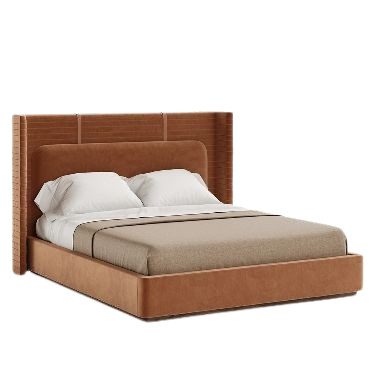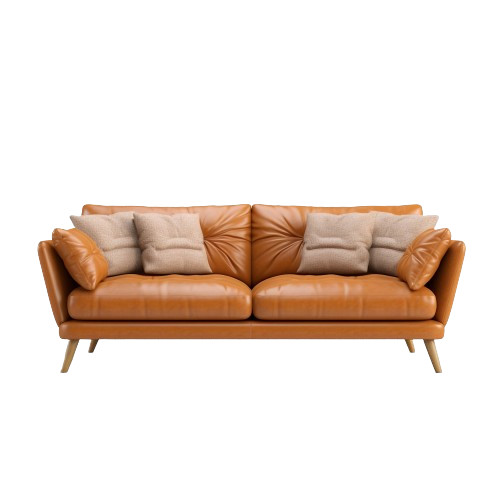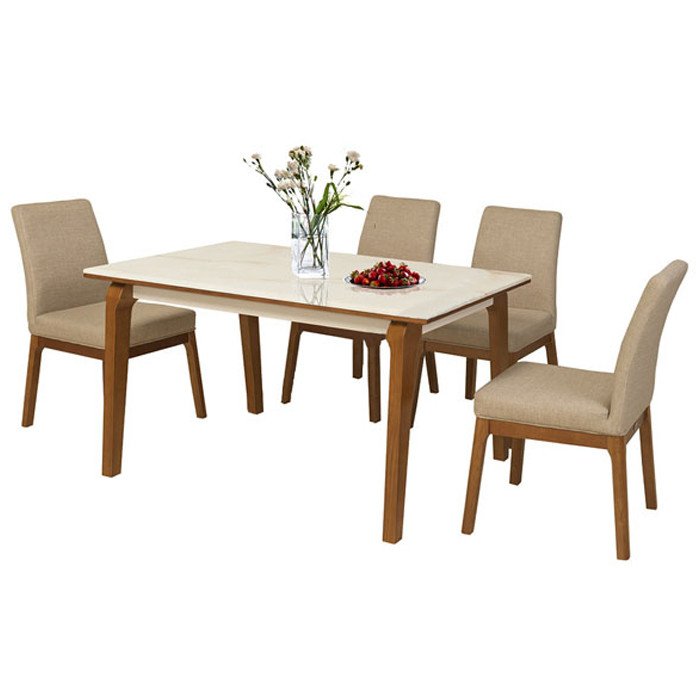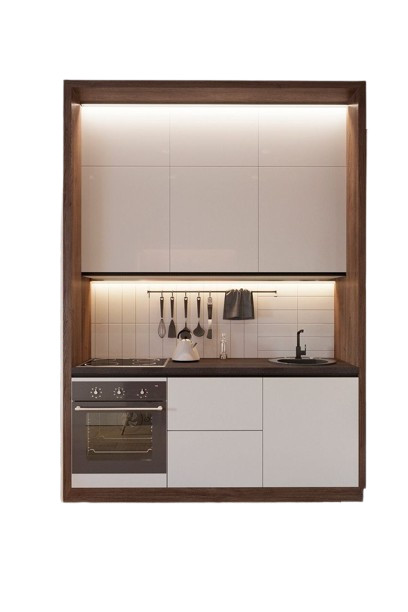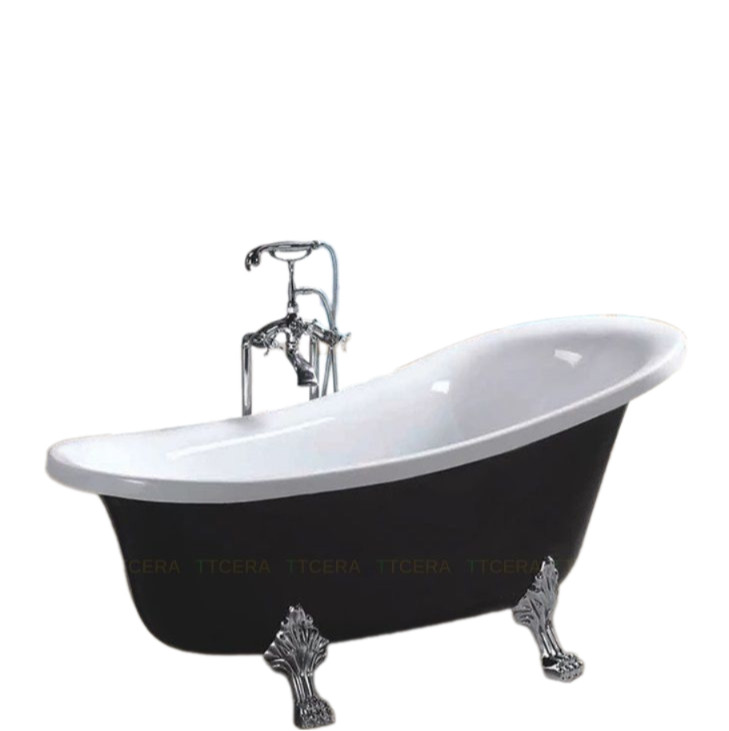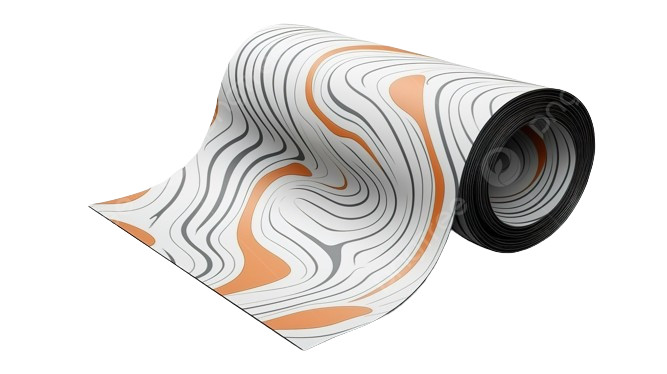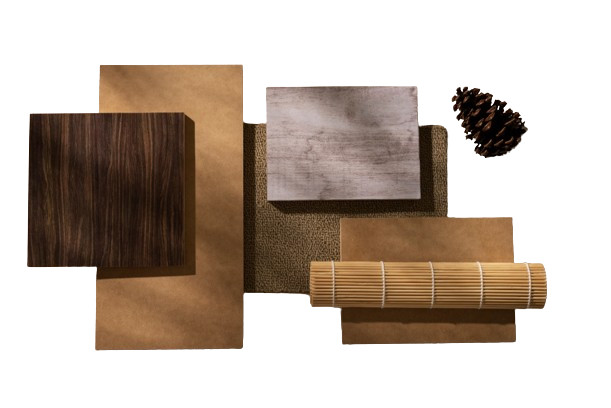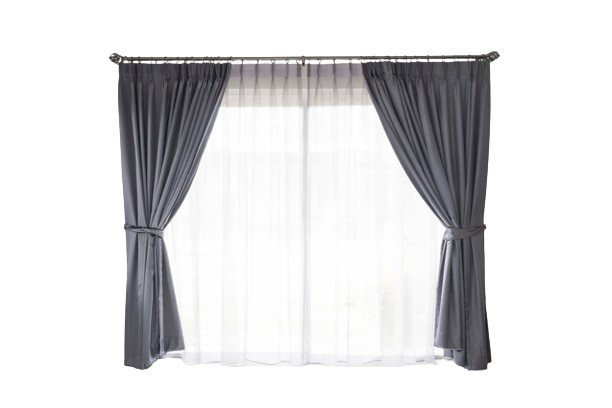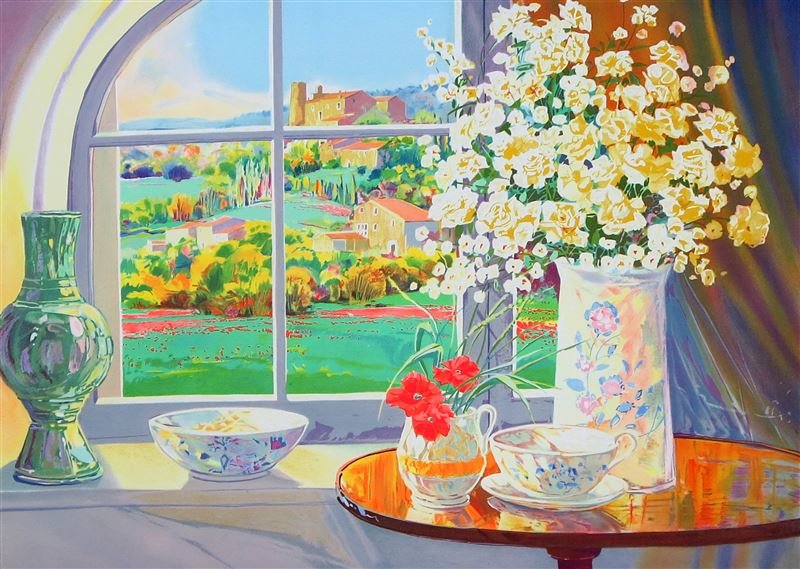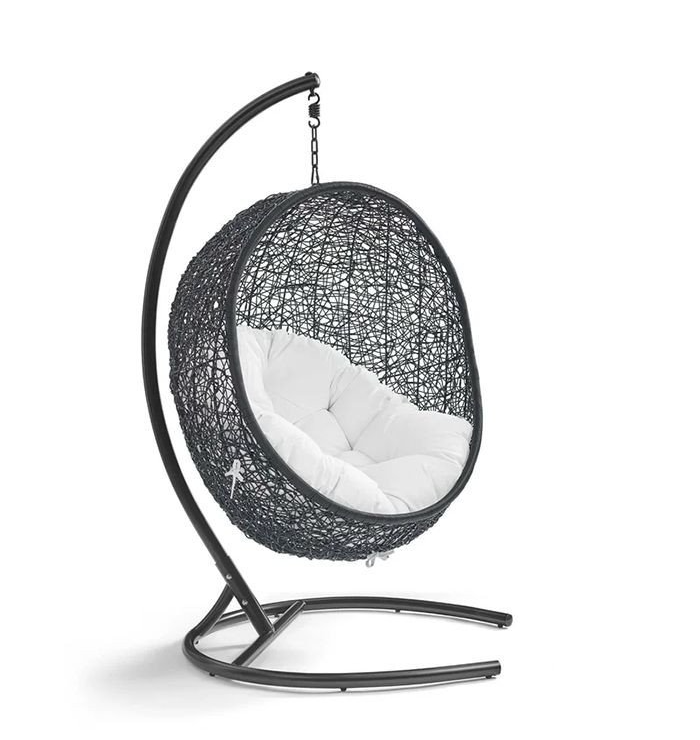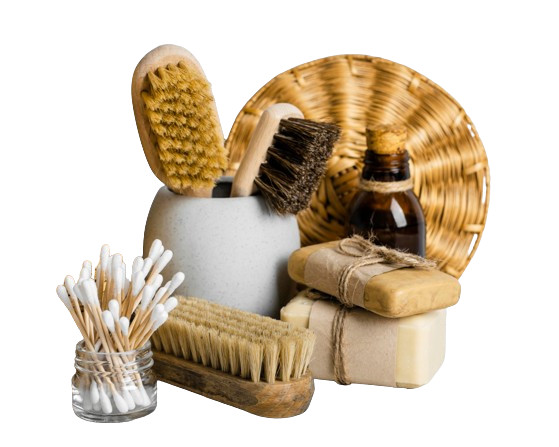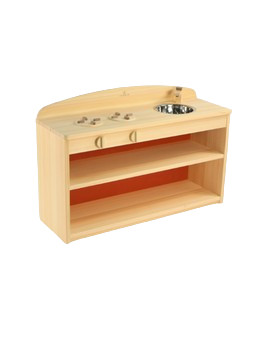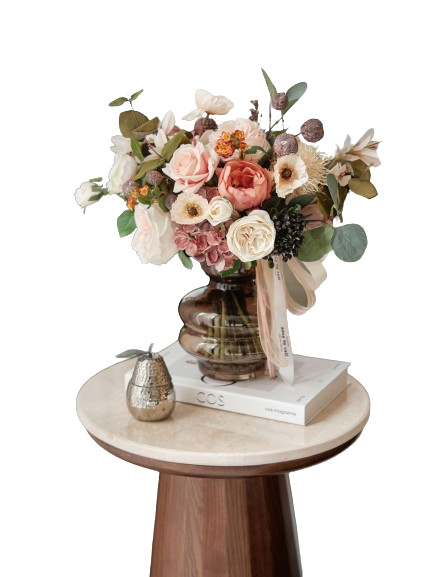JAPANESE TRADITIONAL CRAFTS
In Japan, many daily necessities which are made by using traditional manufacturing methods and raw materials that have been nurtured and inherited through history and climate. Please try incorporating traditional Japanese crafts into your daily life.
Honba Oshima Tsumugi Weaving
HONBA OSHIMA Tsumugi (Pongee)
Location: Kagoshima
History: the beginning of the 18th century
Oshima Pongee is woven after being dyed by the rhaphiolepis umbellata plant and mud with ikat techniques according to the design.
History: the beginning of the 18th century
Oshima Pongee is woven after being dyed by the rhaphiolepis umbellata plant and mud with ikat techniques according to the design.
koshu lacquered deerhide
KOSHU Inden (Lacquered Deerskin Crafts)
Location: Yamanashi
History: during the late Edo era (1600-1868)
Lacquered deer hide products are soft, strong and light. They are usually decorated with a fine pattern applied in natural lacquer. Their timeless appeal has led to many becoming cherished possessions.
History: during the late Edo era (1600-1868)
Lacquered deer hide products are soft, strong and light. They are usually decorated with a fine pattern applied in natural lacquer. Their timeless appeal has led to many becoming cherished possessions.
OBORI SOMA YAKI (POTTERY)
OBORI SOMA Yaki (Pottery)
Location: Fukushima
History: the end of the 17th century
Obori Soma Yaki is primarily known for producing ceramic pieces coated in a glaze of celadon blue. Crazing (hairline cracks) is a common feature of these wares that makes them even approachable.
History: the end of the 17th century
Obori Soma Yaki is primarily known for producing ceramic pieces coated in a glaze of celadon blue. Crazing (hairline cracks) is a common feature of these wares that makes them even approachable.
KAGAWA-SHIKKI (Lacquerware)
KAGAWA Shikki (Lacquerware)
Location: Kagawa
History: established at the end of the Edo era (1600-1868)
The representative techniques of Kagawa lacquerware, ``Konso'', ``Goto-nuri'', ``Zonki'', ``Cho-urushi'', and ``Zokoku-nuri'', all deteriorate over time as they are used.
History: established at the end of the Edo era (1600-1868)
The representative techniques of Kagawa lacquerware, ``Konso'', ``Goto-nuri'', ``Zonki'', ``Cho-urushi'', and ``Zokoku-nuri'', all deteriorate over time as they are used.
KUTANI-YAKI (PORCELAIN)
KUTANI Yaki (Porcelain)
Location: Ishikawa
History: in the Kutani area was in the 17th century
Gorgeous and openhearted linework is colored with green, yellow, red, purple and navy Japanese pigments, producing a dignified brilliance characteristic of Kutani Yaki.
History: in the Kutani area was in the 17th century
Gorgeous and openhearted linework is colored with green, yellow, red, purple and navy Japanese pigments, producing a dignified brilliance characteristic of Kutani Yaki.
NAGISO Rokuro Zaiku
NAGISO Rokuro Zaiku (Wood Turnery)
Location: Nagano
History: during the first half of the 18th century
A feature of Nagiso turnery is the way the work fully expresses the qualities of the underlying wood, making the most of the natural grains in an unassuming fashion.
History: during the first half of the 18th century
A feature of Nagiso turnery is the way the work fully expresses the qualities of the underlying wood, making the most of the natural grains in an unassuming fashion.
RYUKYU Bingata (Dyeing)
RYUKYU Bingata (Dyeing)
Location: Okinawa
History: the middle of the 15th century
Bingata dyeing is the only dyeing craft in Okinawa combining the techniques of stencil dyeing from China and the hand dyeing skills of Kyoto Yuzen.
History: the middle of the 15th century
Bingata dyeing is the only dyeing craft in Okinawa combining the techniques of stencil dyeing from China and the hand dyeing skills of Kyoto Yuzen.
BOSHU Uchiwa (fans)
BOSHU Uchiwa (fans)
Location: Chiba
History: began in the Kanto region during the Edo period
Boshu Uchiwa is one of the three major types of fans in Japan, along with Kyoto fans and Marugame fans, and has been passed down from generation to generation in Minamiboshu.
History: began in the Kanto region during the Edo period
Boshu Uchiwa is one of the three major types of fans in Japan, along with Kyoto fans and Marugame fans, and has been passed down from generation to generation in Minamiboshu.
TOSA-UCHIHAMONO
TOSA Uchihamono (Forged Blades)
Location: Kochi
History: in the early Edo period
Although Tosa cutlery has undergone some mechanization, the techniques and traditions of the Edo period have been passed down to the Heisei era.
History: in the early Edo period
Although Tosa cutlery has undergone some mechanization, the techniques and traditions of the Edo period have been passed down to the Heisei era.
TOKONAME YAKI
TOKONAME Yaki (Pottery)
Location: Aichi
History: at the end of the Heian era (794-1185)
The red color from the iron in the clay is characteristic of Tokoname Yaki. Items that enhance the character of the clay, glazed products and many other items are available.
History: at the end of the Heian era (794-1185)
The red color from the iron in the clay is characteristic of Tokoname Yaki. Items that enhance the character of the clay, glazed products and many other items are available.
Takayama tea whisk
TAKAYAMA Chasen (Tea Whisks)
Location: Nara
History: the middle of the Muromachi era (1333 - 1568)
There are 120 types of Takayama tea whisks. The materials, shape and number of ears tips vary according to the tea ceremony school and the use, including whether they are intended for light (usucha) or strong (koicha) matcha tea, for tea offerings, for open-air tea ceremonies, for tea boxes and so on.
History: the middle of the Muromachi era (1333 - 1568)
There are 120 types of Takayama tea whisks. The materials, shape and number of ears tips vary according to the tea ceremony school and the use, including whether they are intended for light (usucha) or strong (koicha) matcha tea, for tea offerings, for open-air tea ceremonies, for tea boxes and so on.
Tokyo some komon dyeing
TOKYO Some Komon (fine-pattern Dyeing)
Location: Tokyo
History: the Muromachi era (1392 - 1573)
The Ise Katagami stencil used for fine-patterned dying is hand-carved by a master craftsman. Tokyo Some-komon, born of Japan’s long textile traditions, is unique for its intricate geometric patterns, and creates a refined, sophisticated impression through just a single color.
History: the Muromachi era (1392 - 1573)
The Ise Katagami stencil used for fine-patterned dying is hand-carved by a master craftsman. Tokyo Some-komon, born of Japan’s long textile traditions, is unique for its intricate geometric patterns, and creates a refined, sophisticated impression through just a single color.

